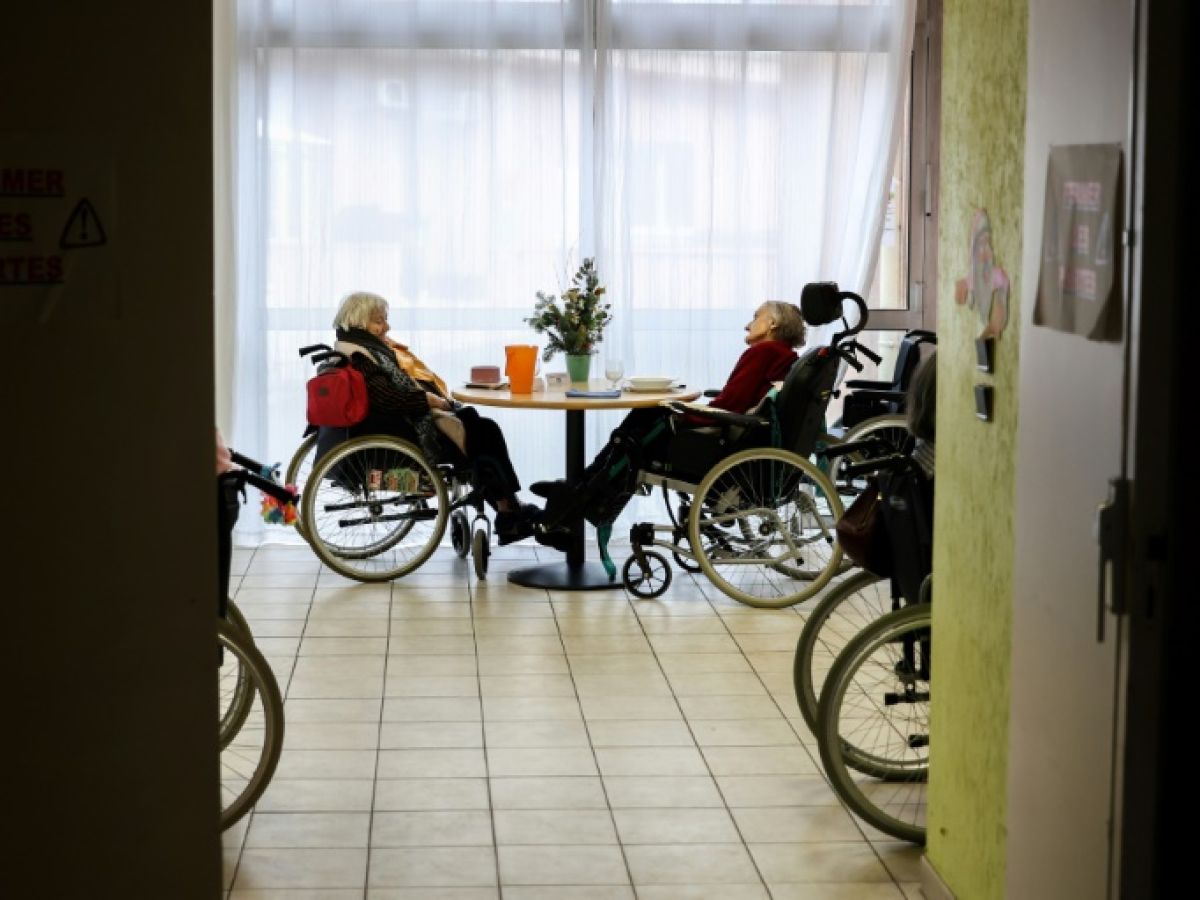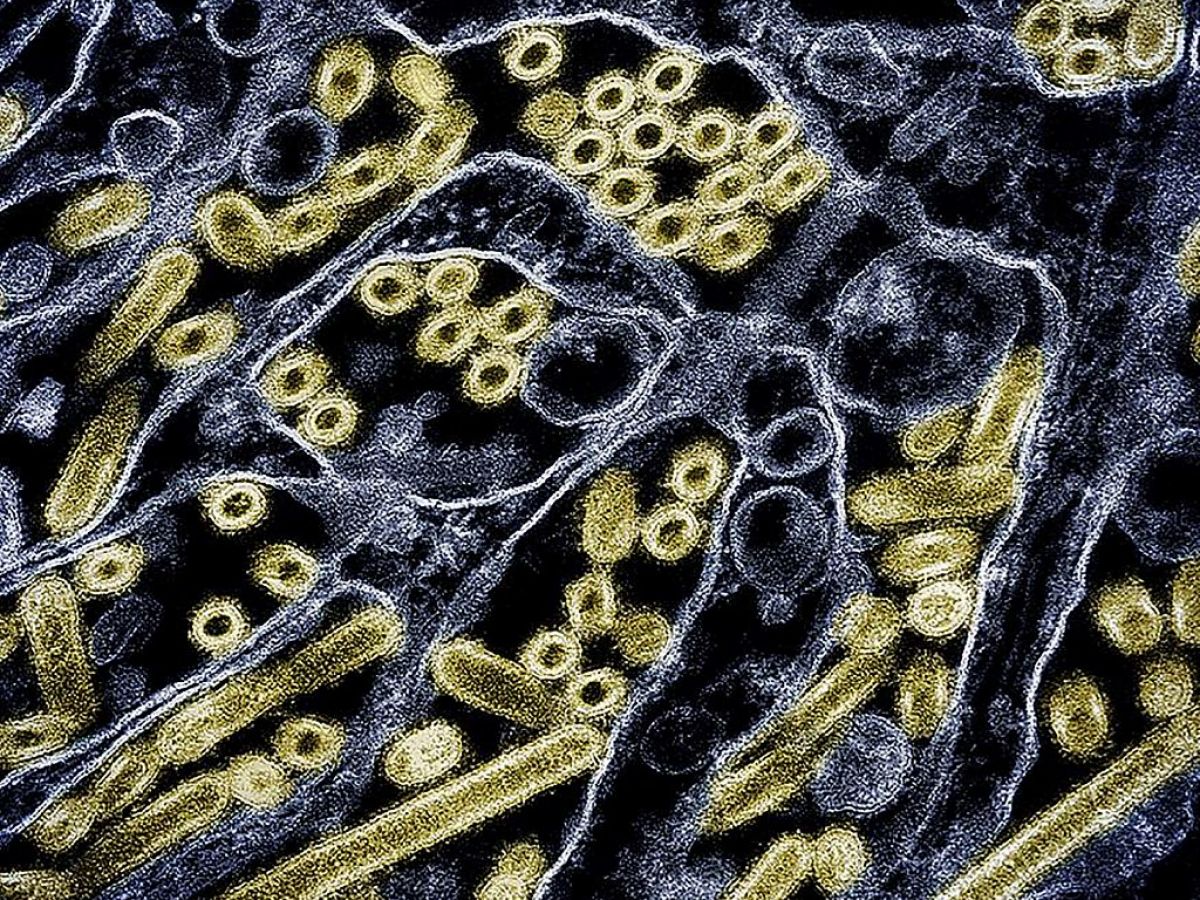"The system is running out of steam": suffocated by inflation and rising costs, on life support from the public authorities, nursing homes are looking for a new economic model, the outlines of which have yet to be defined.
"The economic model is outdated, all the financiers are at the end of what they can do," Didier Sapy, general director of Fnaqpa, the national federation of non-profit management organizations of establishments for the elderly, stressed to AFP.
As a result, "we are on life support. A coup by the State, a coup by the departments, a coup by the elderly themselves," he added on the sidelines of the national conference of nursing homes organized in Paris on Tuesday and Wednesday. "These patches are ineffective in the long term, it's like putting fuel in a leaky tank. It can't go on like this, we have to completely rethink the economic model."
Designed in the early 2000s, the economic model of the Accommodation Establishments for Dependent Elderly People (Ehpad) is based on three sources of funding: the resident for the accommodation part, the Departmental Council for the dependency part and the Regional Health Agency for the care part.
Long considered too complex by its detractors, this financial architecture came to a halt in 2020 with the Covid-19 crisis and that of the "Orpea scandal" linked to the revelations in January 2022 of cases of mistreatment and financial embezzlement.
On the private nursing home side, these revelations have resulted in investor reluctance. On the public nursing home side, in distrust among families and growing disaffection with the structures.
Added to this was an unprecedented increase in salary costs, all in a context of high inflation, increasing the energy and food budgets of some 7,000 nursing homes, whether public, associative or private commercial.
– “Insufficient aid” –

Result: in 2022, almost two thirds (60.3%) of public and private non-profit establishments were in deficit compared to 49.3% in 2021, according to a study by the National Solidarity Fund for Autonomy (CNSA) published in July.
In the private commercial sector, while "confidence is gradually returning with an increasing occupancy rate", "we are still very fragile", underlines Jean-Christophe Amarantinis, president of the main union of private nursing homes, Synerpa. "Inflation has weighed down our economic balances and has caused costs to increase faster than revenues".
Faced with the deteriorating situation, the public authorities have released additional funds, but these sums are insufficient to finance the necessary investments (upgrading to safety standards, adaptation to heatwaves or the growing number of residents with neurological disorders, etc.), noted the think tank Matieres grises in a note published in June.
Another problem that has still not been resolved is the lack of attractiveness of the sector.
– National solidarity?-
However, time is running out in the face of "a decade 2020-2030 which will see an explosion of 75-85 year-olds" (+2 million, or +49%), stressed the president of the Economic, Social and Environmental Council (CESE) Thierry Beaudet during the conference.
While the creation in 2021 of a fifth branch of social security dedicated to the autonomy of the elderly in particular is a good thing, it does not bring "sufficient additional revenue", he said.
"Current costs, and especially future costs, are such that national solidarity will not be enough. Additional funding is inevitable, provided that it is long-term and fair," he added.
"There comes a time when we have to ask ourselves what role the nursing home should play in our society? Who pays? What should be the collective and individual share?", adds Didier Sapy.
For Pierre Roux, president of the Association of Directors of Services for the Elderly (AD-PA), these are above all "political choices and societal choices".
"What is certain is that it is not normal that, in order to continue living in our establishments, people have to pay such high out-of-pocket costs."

